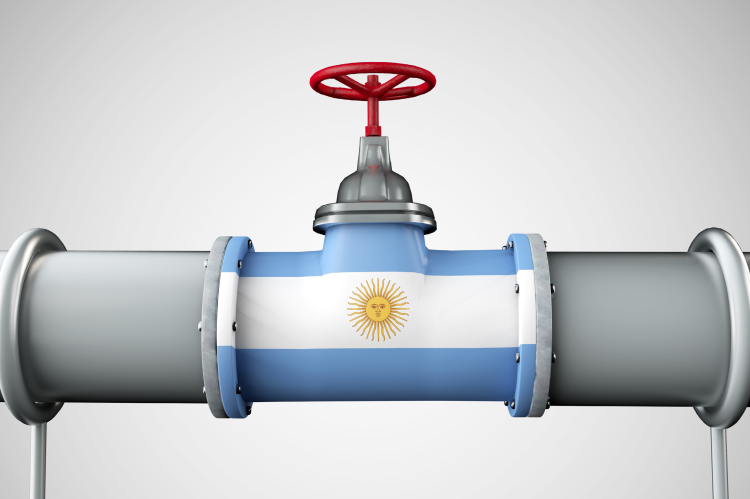Completion of Vaca Muerta's First Stage Signals Significant Further Pipeline Construction in Argentina

Argentina has inaugurated the first stage of the 1040-km Vaca Muerta gas pipeline totaling 573-km. Construction of a planned 467-km second section, from Buenos Aires province to San Jerónimo, in the southern Santa Fe province, and the soon-to-be-tendered Reversión del Norte, will allow exports to northern Chile and Brazil, changing Argentina's status from an energy importing nation to an energy exporting one.
Argentina's technically recoverable shale gas and oil reserves stand at 802 billion cubic feet and 27 billion barrels, these residing in the massive Vaca Muerta shale formation, one the size of Belgium located in Patagonia.
Javier Iguacel, Argentina's former energy minister, said "I calculate that this first section of the gas pipeline is barely 5% of everything that needs to be done," he continued, adding new pipeline construction, port infrastructure and liquefaction plants would be needed.
The president of state energy company Energia Argentina, Agustin Gerez, told reporters after the event that the call for tenders for the second section of the gas pipeline reaching San Jeronimo in Santa Fe province would be made in September with expected completion between March and April 2024. This will increase transportation capacity by 44 million cubic meters per day, an important improvement allowing the imports of diesel and liquefied natural gas (LNG).
With the new pipeline up and running, the country expects to reach net zero in its energy balance in 2024 and achieve a surplus in 2025, according to official estimates.
The president of state energy company Energia Argentina, Agustin Gerez, told reporters after the event that the call for tenders for the second section of the gas pipeline reaching San Jeronimo in Santa Fe province would be made in September with expected completion between March and April 2024. This will increase transportation capacity by 44 million cubic meters per day, an important improvement allowing the imports of diesel and liquefied natural gas (LNG).
With the new pipeline up and running, the country expects to reach net zero in its energy balance in 2024 and achieve a surplus in 2025, according to official estimates.
Emilio Apud, former secretary of energy, said the pipeline will help reverse Argentina's energy deficit, predicting there will be a positive energy balance by 2025.
At the same time, Apud said far more infrastructure would be needed for Argentina to begin supplying others as well: "In the next 10 years there have to be at least six new gas pipelines, not for the local market but for the export market through (liquefaction) plants."
